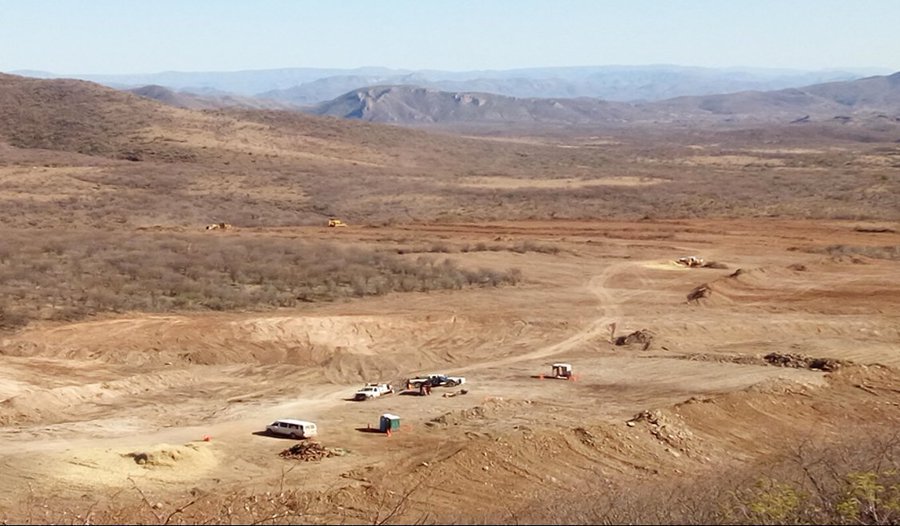
Mexico has officially nationalized its lithium industry after the Senate approved by 87 votes in favour, 20 against and 16 abstentions the mining reform proposed by President Andrés Manuel López Obrador, which gives the state exclusive rights over the battery metal.
The executive has now 90 days to create a new, decentralized body to deal with all lithium-related matters.
Since taking power in 2018, López Obrador has fought to reverse resource reforms under previous governments, which opened up the oil and electricity sectors to private investment. He has pushed a resource exploitation model that gives priority to state-controlled companies.
The President said his administration will review all lithium contracts, which casts a shadow of doubt over projects already being developed in the country, including the one held by Bacanora Lithium (LON: BCN) in the country’s northwest. The company, owned by China’s Genfeng Lithium, owns the giant Sonora project, which is slated to produce 35,000 tonnes of the metal per year starting in 2023.

The law would likely bring trade tensions with the country’s northern neighbours as it is said to violate the United States-Mexico-Canada Agreement (USMCA).
Kenneth Smith Ramos, who headed technical negotiations for the now defunct North American Free Trade Agreement (NAFTA), told local media that declaring lithium a strategic mineral is an issue as lithium was not designated as such when the three nations signed the accord.
The Mexican Association of Mining Engineers, Metallurgists and Geologists said in a statement that “clays containing lithium have been located” in the country. “To the best of our knowledge, no country has produced and commercialized lithium from clays,” it added.
Most of the world’s current lithium output is locked away in long term deals as downstream chemicals producers, battery makers and electric vehicles makers are frantically trying to secure future supply.
Mexico’s reserves of the sought-after metal positions it in the 10th place among the world’s top producers, data from the US Geological Survey shows.
No comments:
Post a Comment